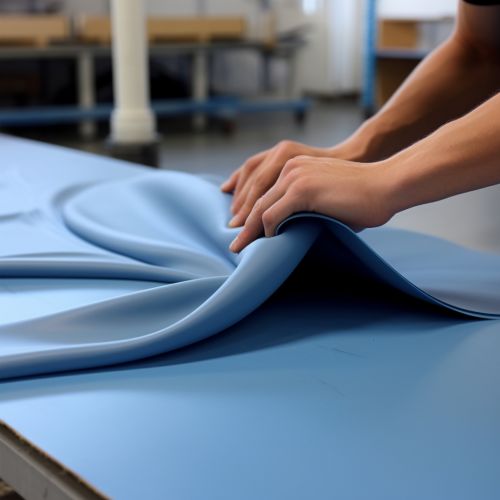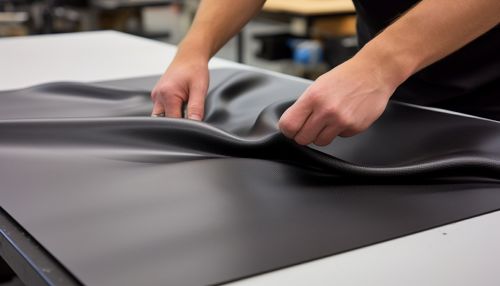Topology
Introduction
Topology is a major area of mathematics that studies properties of space that are preserved under continuous transformations, such as stretching and bending, but not tearing or gluing. It is often referred to as "rubber sheet geometry" because it does not differentiate between a coffee cup and a doughnut, as each has one hole and can be deformed into the other without cutting or gluing.


History
The origins of topology can be traced back to the 18th century, but it was not until the 20th century that it became a significant field in mathematics. The term "topology" was introduced by Johann Listing in the mid-19th century. However, many topological ideas were present in various branches of mathematics long before this.
Basic Concepts
Topology deals with the fundamental aspects of spatial properties and their relationships. Some of the basic concepts in topology include:
Spaces
In topology, a topological space is a set endowed with a structure, called a topology, which allows defining continuous transformation and convergence. Other types of spaces in topology include metric spaces, uniform spaces, and point-set topological spaces.
Continuity
A function between topological spaces is called continuous if it preserves the topological structure. This concept is the formalization of the intuitive idea of a function that does not have any "jumps" or "breaks".
Homeomorphism
A homeomorphism is a continuous function between topological spaces that has a continuous inverse function. Homeomorphisms are the isomorphisms in the category of topological spaces—that is, they are the mappings that preserve all the topological properties of a given space.
Compactness
Compactness is a property that generalizes the notion of a subset of Euclidean space being closed (that is, containing all its limit points) and bounded (that is, having all its points lie within some fixed distance of each other).
Connectedness
Connectedness is a property equivalent to the impossibility of representing a space as the union of two or more disjoint nonempty open subsets. Connectedness is one of the principal topological properties that are used to distinguish topological spaces.
Branches of Topology
Topology has several subfields, each with its own unique focus.
General Topology
Also known as point-set topology, general topology is the branch of topology dealing with the basic set-theoretic definitions and constructions used in topology. It is the foundation of most other branches of topology, including differential topology, geometric topology, and algebraic topology.
Algebraic Topology
Algebraic topology is a branch of mathematics that uses tools from abstract algebra to study topological spaces. The basic goal is to find algebraic invariants that classify topological spaces up to homeomorphism, though usually most classify up to homotopy equivalence.
Differential Topology
Differential topology is the field dealing with differentiable functions on differentiable manifolds. It is closely related to differential geometry and together they make up the geometric theory of differentiable manifolds.
Geometric Topology
Geometric topology primarily studies manifolds and their embeddings (placements within other manifolds). A particularly active area is low dimensional topology, which studies manifolds of four or fewer dimensions. This includes knot theory, the study of mathematical knots.
Applications of Topology
Topology has found applications in various areas of mathematics and science. It is used in functional analysis, dynamical systems, graph theory, algebraic geometry, and even in physics and engineering, particularly in the study of dynamical systems and quantum mechanics.
